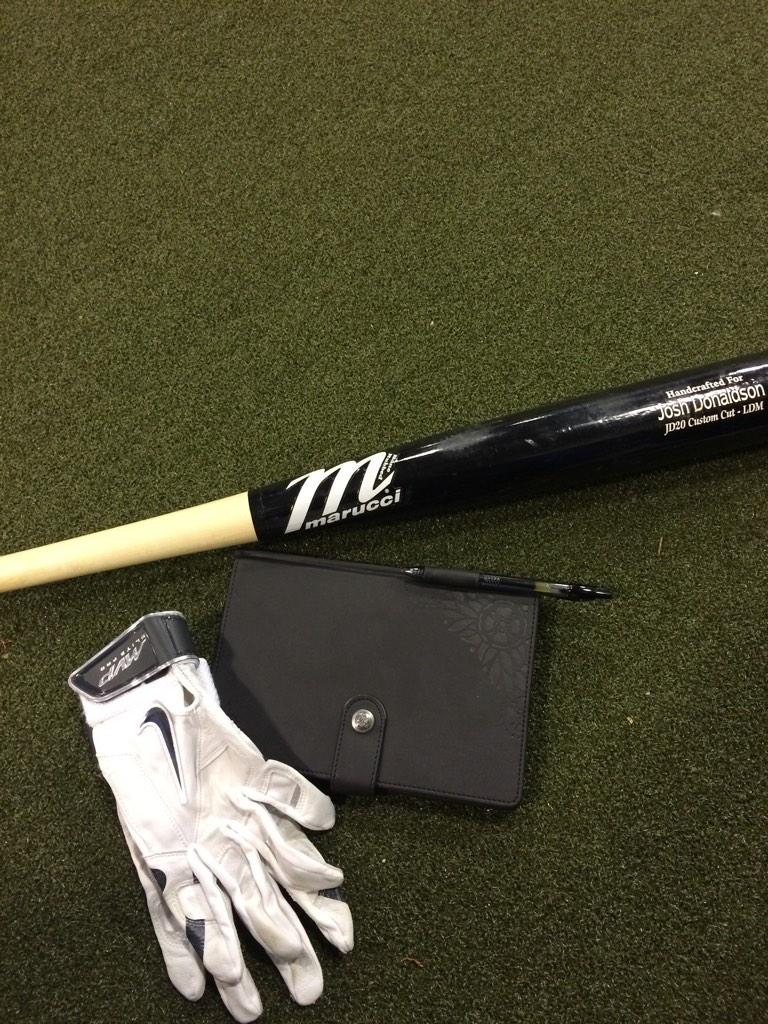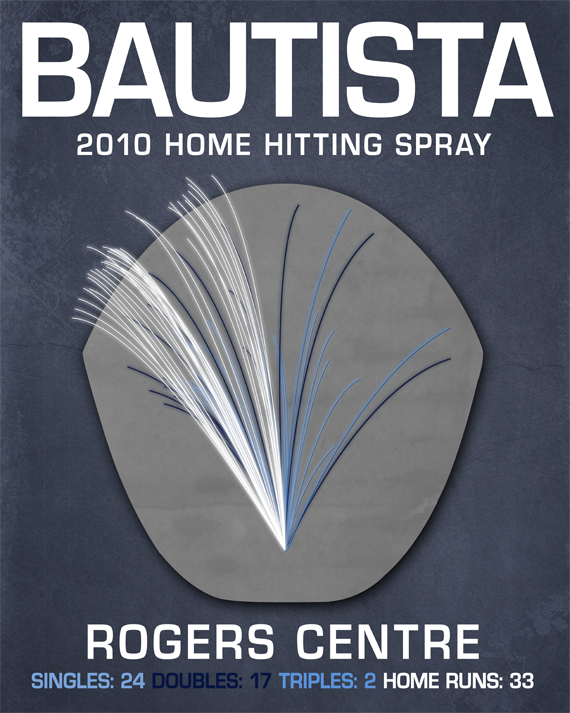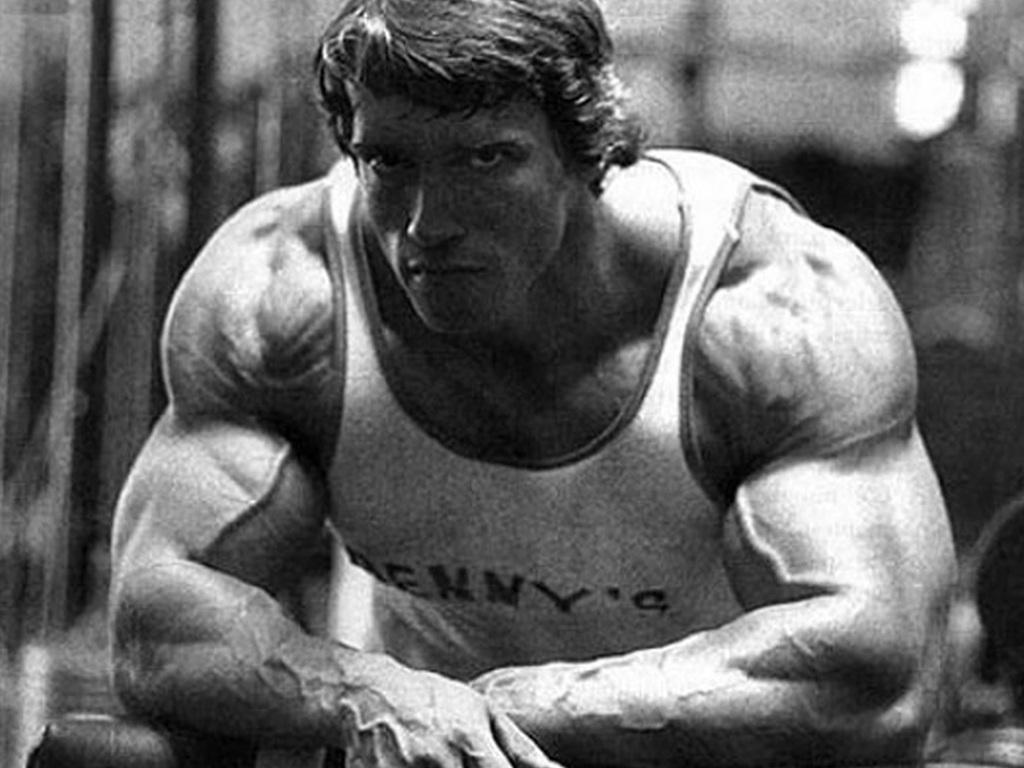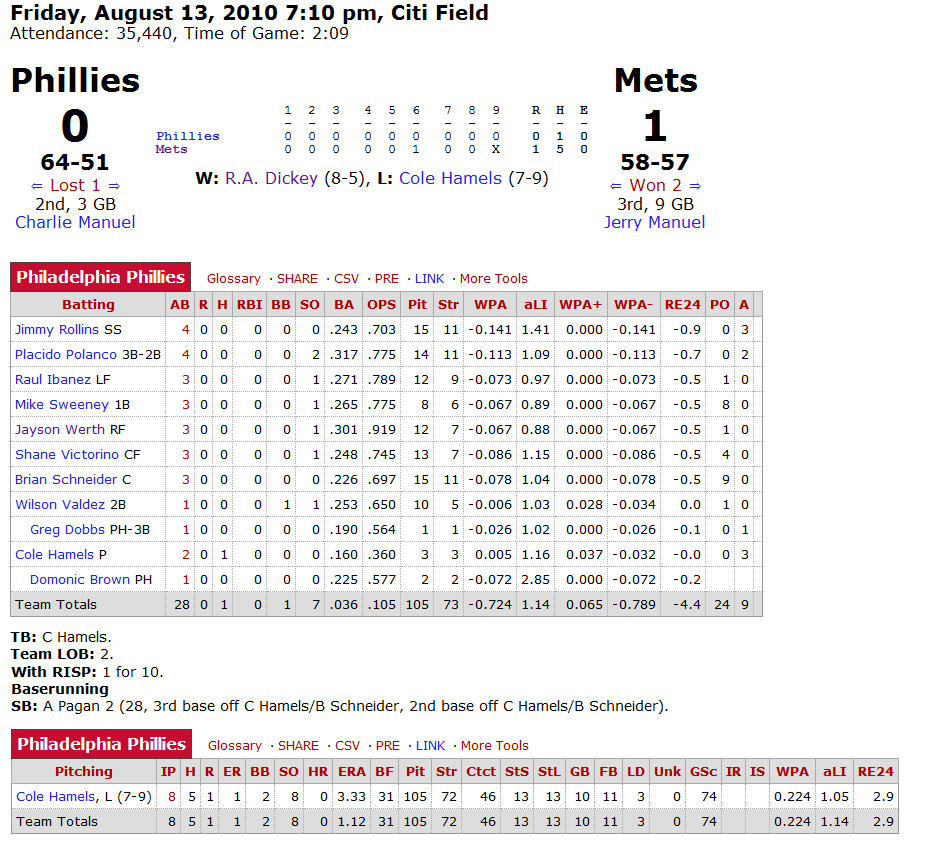(photo credit: youtube.com)
Many hitters do not hit with an organized plan. They know they are going to hit today.
That is their plan.
To be a good teacher, you have to have an organized plan. To become a stronger athlete, you have to have an organized weight training program. To become more fit, you need an organized nutrition plan. To rebuild a car, you need an organized plan. You get the point.
So, why do so many hitters hit with no plan and expect success? We call hitting the hardest single task in sport, and then show up to the gun fight with a sword.
To be a better hitter, we must practice intentionally.
We know the swing is important. A great swing maximizes bat speed, contact opportunities and assists good approaches. And no hitter can be consistent without a strong approach and ability to make adjustments. So, off to the cages we go to work on our swings, out bat speed, our contact and our approaches.
First, the
average hitter gets loose with four or five swings, mixed with a couple of awkward half-stretches and back twists. Ah, there we go. After one hard contact and a couple of 6-4-3s, we're ready to
really start hitting.
Let's back it up and start throwing to each other. Now is the time when many hitters "get on time for the fastball." Which one? One fastball velocity can have a relative velocity difference of up to 12 mph in the strike zone. An 85 mph fastball thrown down and away has a relative velocity of 79 mph while the same 85 mph fastball up and in has a relative velocity of 91 mph. Think you can sit on 85 and handle 91
and 79 in locations opposite to each other in the strike zone? Good luck. You may make contact, but you won't hit many balls hard. {
For more information on relative velocity, see my previous posts "Box Positioning" (4/25/15) and "I Hate Slow Pitchers" (7/16/15).}
These types of cage hitting philosophies (or lack there of) are prime recipes for meddling in mediocrity and frustration. Don't be average, folks.
Let's create a plan. Every hitter should have a plan for what he is going to accomplish in the cage that day. That plan should be
a progression from fundamentals to more challenging aspects of hitting, and can include mechanical focuses, varying approaches, changes in velocity, adjustment making, mental game training, strength training and vision training.
Quality of Swings
When you step into the cage, preset how many swings you are going to take. This innately makes the round competitive. You know how many swings you are taking and you will focus more on each repetition. The quality of the work immediately improves.
To start, cap a round at 12 swings. Elite hitters will take so much time between pitches to go through their routine, that they may only take one swing every 10 seconds. Most hitters take one swing every four seconds. This is an enormous difference in ability for the body to physically reset, and for the mind to refocus. Hitting is an anabolic movement. It's explosive. If you're swinging every four seconds, you must be trying to lose weight while you hit.
Instead of getting tired and pushing through, hoping to finish your round on a swing that makes you feel good, set parameters and goals for each round. When each round and each swing is competitive, the thought process and adjustment making between swings should become more intentional and game-like.
Approach
Rather than just seeing it and hitting it, know whether you are looking for a fastball or an off-speed pitch. What are you sitting on? Then hunt one side of the plate or the other.
You cannot cover the entire plate. Sure, you can
hit the baseballs thrown anywhere on the plate, but that shouldn't be your goal, should it? Desire to hit each ball with energy and aggressive flight into a gap. Let your misses be hard contacts that find holes.
Don't seek to make contact. You'll achieve that goal too easily, and create a manipulative, handsy swing that lacks bat speed, and commits to pitches at the same instance that it generates bat speed. Your outs will be pull-side on the ground and opposite field in the air. Sound familiar?
Making Changes/Level of Difficulty
If you are seeking to improve your swing, work off of the tee, and progress no further than front toss. If you can't master front toss with a swing adjustment, you will struggle against a live arm.
Once you have success against a live arm, increase the velocity to one that feels increasingly more stressful each round. Move the L-screen closer to the hitter, or have the BP pitcher throw harder. Eventually, we can work on the most challenging elements of hitting that mimic the most difficult game moments: high velocity/high spin fastballs, low and away fastballs, aggressive off-speed approaches and two-strike approaches.
If you have access to a pitching machine, this transition can be easy. If not, don't settle for the same old easy, feel good BP. That isn't building your swing, and it isn't challenging enough to truly build your confidence.
Note Taking
Many MLB hitters take notes. Some of them even do it in game. Taking notes allows hitters to retain more information, and to create a thesaurus of at bats, approaches, pitches, emotions, etc.
When you hit, take a note pad with you. This is Josh Donaldson's tweet from November 13th of last winter. Did he end up having a good season? What's an
MVP?
This holiday season, be a giver. Give the gift of intelligence. Help your teammates work smart.
Be creative, be intentional, be prepared.




























